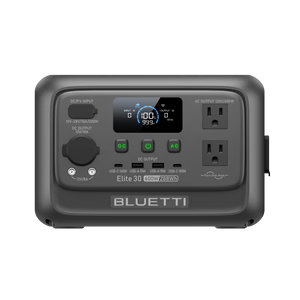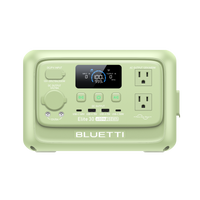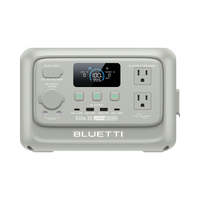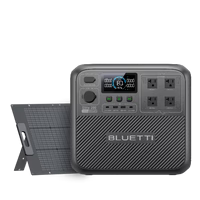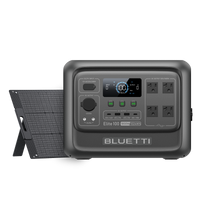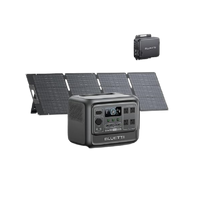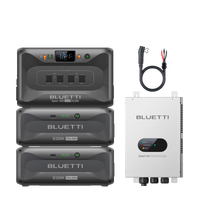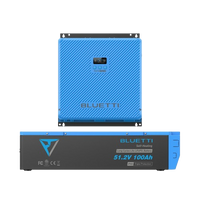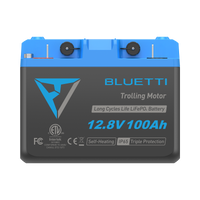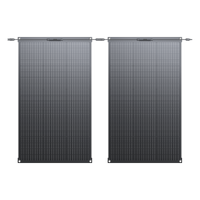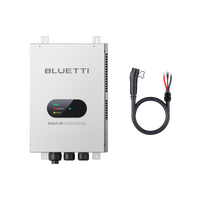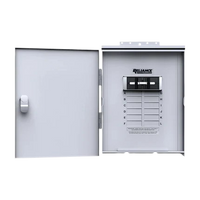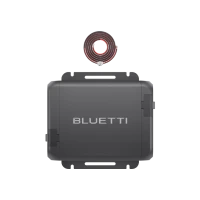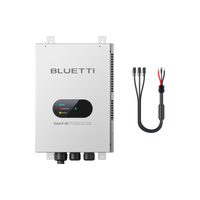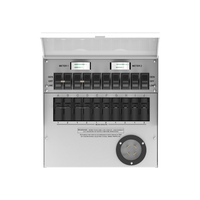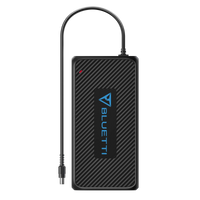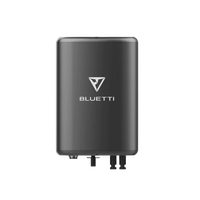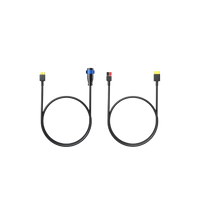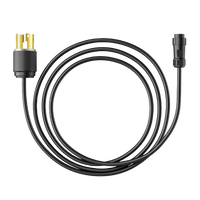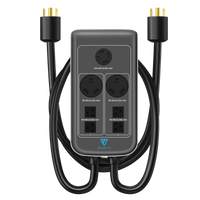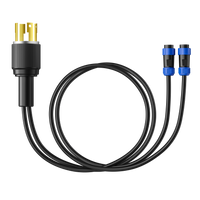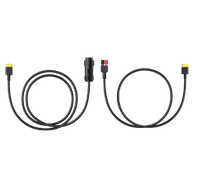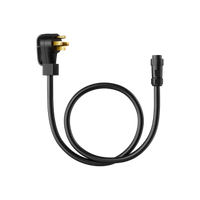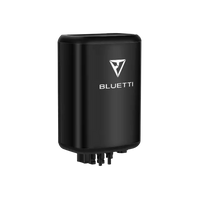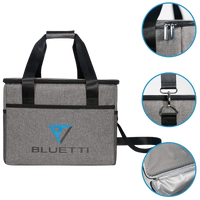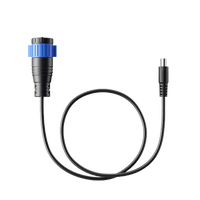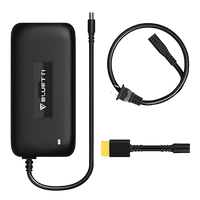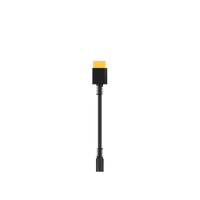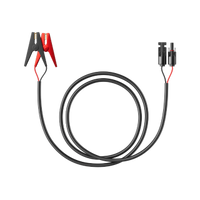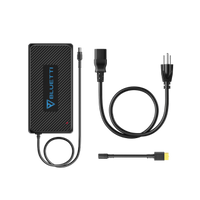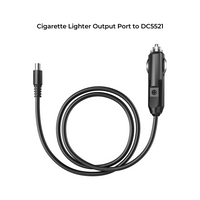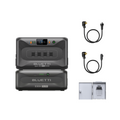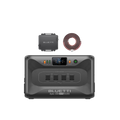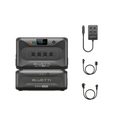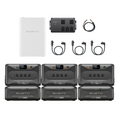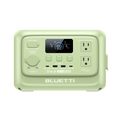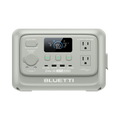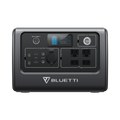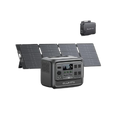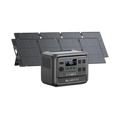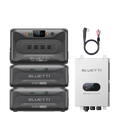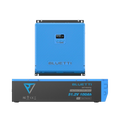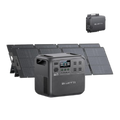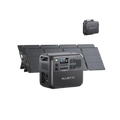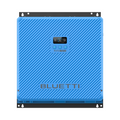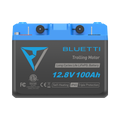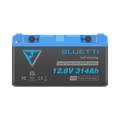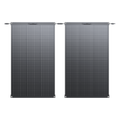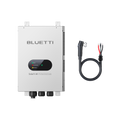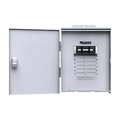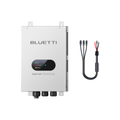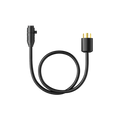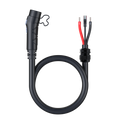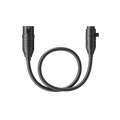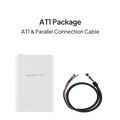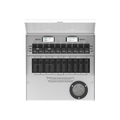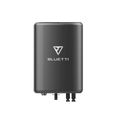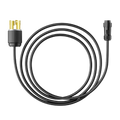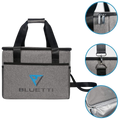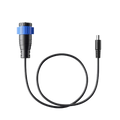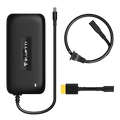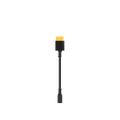In the modern digital era, our living spaces are filled with electrical equipment; they have become indispensable features of daily life. From vital household appliances such as a refrigerator to personal digital gadgets like a computer or cellphone, indeed a modern human cannot deny his need for electricity. The only thing is that power blackouts, sad but quite common cases, may bring disruption to all human activity and impose ignorance upon us concerning such access.
Here is where a home power backup solution becomes invaluable. Providing a reliable power supply in the event of unexpected power breakdowns, the backup power supply ensures that our lives continue with the least possible disruptions. What follows will be an exploration of power backup solutions, their importance, how they work, and what to consider when choosing the most appropriate one for your home.
Which Power Backup Solution Is Better?
The comparison of a backup battery and a generator for power backup at home is a debatable question depending on several factors. An almost unbeatable competitor in almost every category is a backup battery system. It is environmentally friendly and much easier and cheaper to install. Besides, it has longer warranties compared to those that come along with standby generators.
However, conventional generators might still be an option in some cases. Battery backups require only a single generator to cover an entire restoration of electricity during service disruption, therefore reducing upfront costs. Standby generators may also hold and outshine battery backup systems in terms of a single exposure if service interruption is for long periods.
Nevertheless, if the idea is to have a backup for just a few important items on a very short-term basis, such would not be overly necessary. More temporary solutions, therefore, such as generators and portable power stations, might be better adapted in this instance.
What is a Backup Battery and How Does It Work?

One significant component that makes up the home power backup solution is the backup battery. It acts as a storage tool of energy from either solar panels or energy from the grid whenever it's available. This energy is then channeled into powering your home in times of power blackouts or during peak demands when electricity costs are high.
It is comprised of three major components: the battery, inverter, and monitoring system. The battery designed to store energy, while the inverter converts the collected DC electricity into AC electricity consumed by your house appliances. The monitoring system keeps an eye on the energy being used and status of the battery, thus providing today's information on the amount of energy stored and used.
The operation of a backup battery system is easy. Once connected to electricity, this system then recharges the battery from either solar panels or the grid. During a blackout, it then shifts automatically to battery power. The energy stored in the battery is then changed by the inverter from DC to AC electricity for home use. It then shifts to power from the grid and recharges the battery once electric power is restored. This cycle guarantees a continuous power supply, making a backup battery an efficient home power solution.
Types of Backup Battery for Home Use
There are a number of backup batteries available for domestic use, and each one of them has certain unique qualities:
- Lead-Acid Batteries: These are the traditional types of batteries one uses in the vehicle. They are cheap but lag behind the life cycle and energy density as those of modern ones.
- Lithium-Ion Batteries: They are just common for home backup systems due to their lightness, plus they have longer life cycles and bigger energy density compared to lead-acid batteries.
- Flow Batteries: These are used in the types of batteries that would use a particular solution to flow around easily in the battery for storing and releasing charges. It has more life compared to other batteries, but at the same time, it comes at a larger cost.
- Salt Water Batteries: They are made up of saltwater energy storage and discharge solutions. These innovative batteries are green, nontoxic, and have longer lifespan characteristics compared to most other types of batteries.
Factors To Consider When Choosing a Backup Battery
When picking a power backup for your home, weigh the following:
- Battery Capacity: Reflects the energy that the cell can store, typically measured in kilowatt-hours. Of course, your needs in terms of energy use will be the denominator that informs your choice of battery capacity—one with a larger capacity will present more backup power but also cost more.
- Power Output: Expressed in watts (W), power output simply tries to show the amount of energy that any battery can convert into power at a given time. One has to equate the required energy drawn by appliances at your home to your power needs with the output from the backup system.
- Lifespan: Lifespan here pertains to the duration it will take before the battery's thrown away or replaced. Choose for a better life span for your back-up so that your investment goes fruitful. Many come with the promise of long-life warranties.
- Brand Reputation: A good brand image may display what reliability and quality it has for the product being used. In making a choice of which one to purchase, do this if one will get from the brand that has already stood through time, or somehow stood up as compared to others, if it is possible.
Benefits of Investing in Home Backup Battery
Here are some advantages of the home backup battery system:
- Uninterrupted power supply: One can guarantee uninterrupted power, with no interruption in the course of work, even if there are power lines down.
- Reduced electricity bills: Considering the fact that the batteries store electrical power when the demand is at its lowest, and then give back that power to you when demand is very high, therefore billed at a premium, one stands to gain substantial savings from the use of power backups.
- Small carbon footprint: As it only partly reduces your dependence on the grid, it leads to slightly fewer carbon emissions. If you live where or consider installing solar panels, it actually promotes the use of renewable energy.
- Much Greater Reliability: Most of today's home backup batteries provide a reliable source of power, particularly in regions where the outages are quite common. Many systems come with tracking ability to alert you about the low battery or when you need maintenance.
- Return on Investment: A home backup battery can increase your home value and give a possible return on your investment because these are increasingly becoming a household name due to the rising energy cost.
What Is the Best Power Backup Solution for a Home?
BLUETTI AC200MAX

Retailing at a price of C$2,099.00, it hosts a 2,200W pure sine wave inverter AC, 4,800W input surge power, and comes inbuilt with a LiFePO4 battery of an immense capacity of 2,048Wh, ensuring longevity of more than 3,500 cycles to 80%. On that note, it can be expanded to hold another 8,192Wh by adding two units of the B300. This system enables seven ways to recharge: AC, Solar Car, Generator, Lead battery, Dual AC, AC+Solar, and more. Besides, it supports solar input maximum power up to 900W, plus fast dual charging (solar + AC adapter) up to 1400W. The BLUETTI App ensures the setup is controllable in more intelligent ways while serving up intelligent monitoring functions.
BLUETTI AC300 + 1*B300

Valued at C$3,799.00 MSRP, it features a 3,000W AC pure sine wave inverter capacity. It has a maximum capacity LiFePO₄ battery at 3,072Wh expandable to 12,288Wh when connected with 4 x B300 batteries. Other excellent features include 240V Split phase bonding and a 24-hour UPS home backup. It offers 7 ways of recharging including AC, Solar, Car, Generator, Lead Acid Battery, & Dual AC. And in the new configuration, it can also be recharged with AC+Solar, now giving maximum solar input with 2400W. With an incredible 5400W dual charging(solar+AC), it has super-fast charging support, thus offering home appliances dependable power backup.
BLUETTI AC500 + B300S

It is priced at C$5,699.00 and is a backup solution for energy that really lasts through time. Besides, it is rated at 5,000W (with 10,000W surge capability) and has 3,072Wh to 18,432Wh storage capacity. The LiFePO₄ battery affords a guarantee over 3,500 life cycles to 80%. This apart, it gets the smartness of the app control, 240V/10KW split-phase functional system, and recharging in six methods. It comes with 16 flexible outlets and is thus capable of energizing 99% of devices. 4 years—the company's warranty of this product offers the best ways to keep an uninterrupted power solution for homes.
Final Thoughts
In conclusion, power outages stand for more than just inconveniences; they disrupt routines and pose substantial risks. Particularly to the frequency of severe weather events and the aging of high-impact power infrastructure rapidly changing environments, reliable instant electric power access is more required now than ever before. Home battery backup systems present this solution by enabling homes to attain a state of energy independence, resilience, and therefore reduced possible costs. Understanding these systems and will allow you to make an informed decision on whether a home battery backup system is the solution you need. Remember that a clean, reliable, and renewable energy-driven world is more than just a vision but a future that belongs to all of us; one house at a time.






